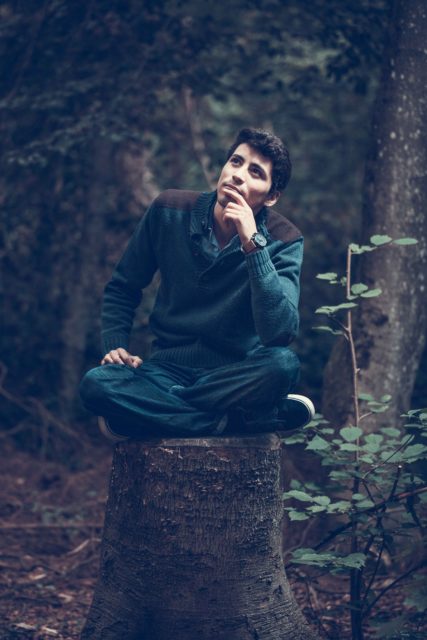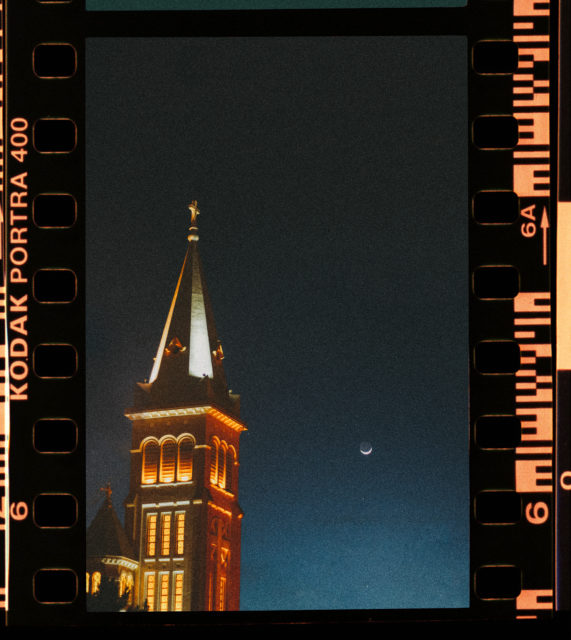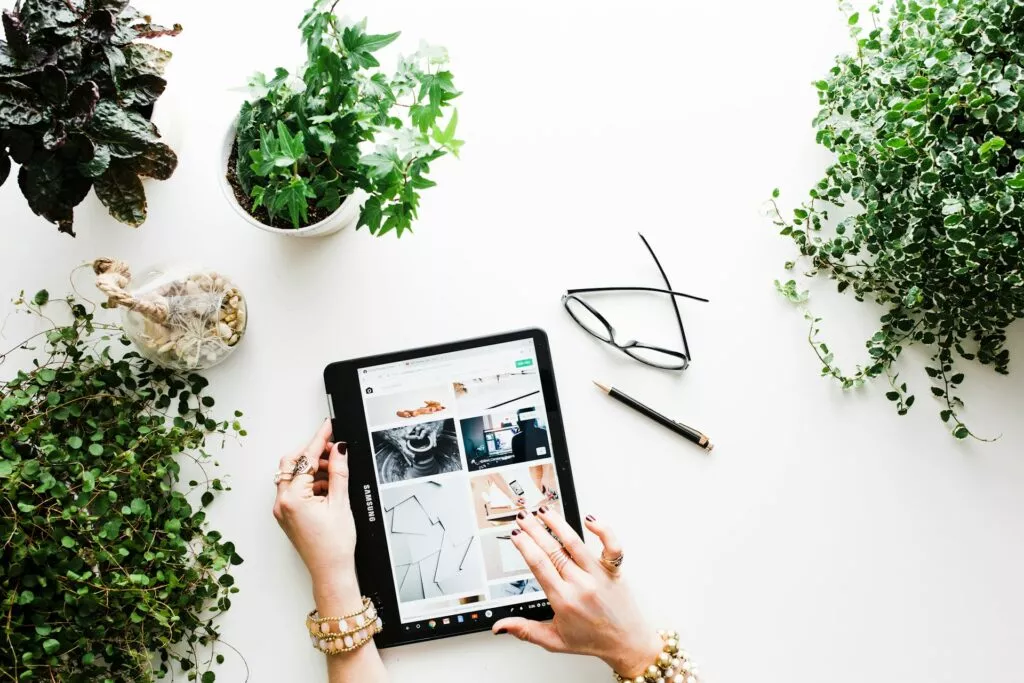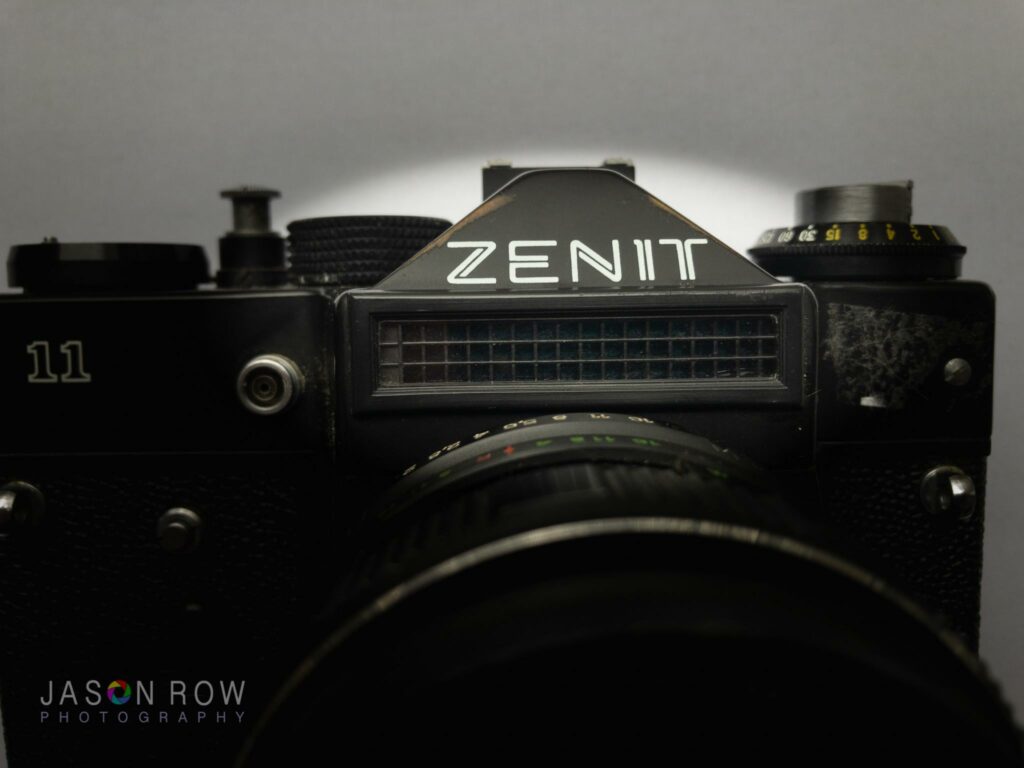I am of the mind that there’s always more than one way to solve a problem. As someone who regularly shoots film, I get a lot of questions from digital photographers who are interested in trying film but are unnerved by their perceptions of it being a decidedly more finicky, less forgiving medium.
I supposed they’re not totally wrong in their assessment but, like anything else, once you go all in and actually get your hands dirty, your perception might change quickly and drastically.
Over the years I have offered a number of tips and ideas to those new to film photography and those considering getting into film photography.
I’ve approached it from a slightly academic standpoint, discussing the technical qualities of film and why you typically want to expose for the shadows.
I’ve taken the “film and film cameras are awesome so you should try it” route.
If either tactic has won anyone over or put anyone at ease about film photography, I’m glad. If neither tactic has worked for you, allow me to try a third.
Below are 3 ideas that will encourage new film photographers to think differently about working with film as you attempt to overcome the early hiccups you are sure to face.
Manage Your Expectations
It’s discouraging to choose a particular film stock based on the incredible work you’ve seen other photographers make with it, just to have yours look nothing like you were expecting. It’s not even about the subjects you chose — it’s as if you shot an entirely different kind of film.
There’s nothing wrong with your film. You may have made some exposure errors, but there are numerous variables in shooting and developing that can affect the look of the final shot. Temper your expectations of what any given film should look like or what you should be doing with it.
There’s no reason you should expect your work to look like someone else’s just because you’re using the same film. Don’t chase “a look.” Learn the strengths and weaknesses of film stock and work freely within that context.

Cozy Up To Imperfection
Yes, I enjoy using my Sony and Fujifilm cameras. But I think that digital photography has taught people to fear noise/grain. If you classify grain as an imperfection, that’s fine. But you’re going to have to learn to love it — it’s just part of shooting with film.
Whatever other imperfections are associated with film photography present an opportunity for you to use them in a creative way. Do you sometimes find digital imagery to be aesthetically clinical? If so, you owe it to yourself and your creative mind to give film a fair shake.
It will never be as “clean” as digital photography, but sometimes that’s precisely the point.

Push And Pull
Try to establish a give and take relationship with film. While you’re learning to bend film to your will, you should simultaneously be allowing film to expand your style and alter your workflow.
If, after a fair trial, you determine film simply isn’t for you, you can say at least you tried.

Final Thoughts
Indeed, it takes some technical know-how to successfully shoot film. It helps when you’re excited about the medium and genuinely desire to incorporate into your creative pursuits.
But successful film photography also requires a measured, thoughtful approach to what you’re doing and why you’re doing it. Of course, you never want to overthink things — that’s a habit that can impede creativity.
Hopefully, new and prospective film photographers find the thoughts presented above useful.




